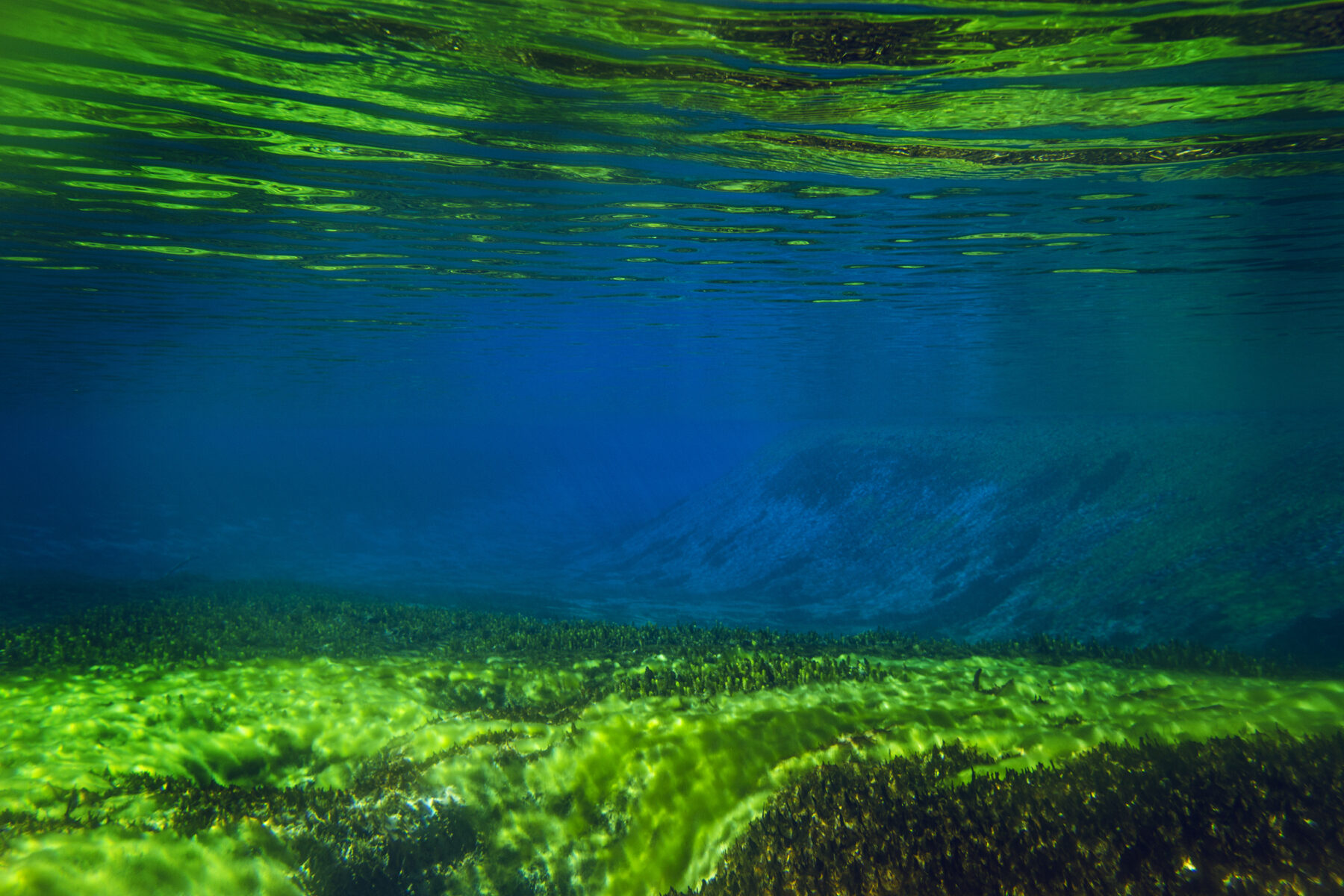The World’s Clearest Lake
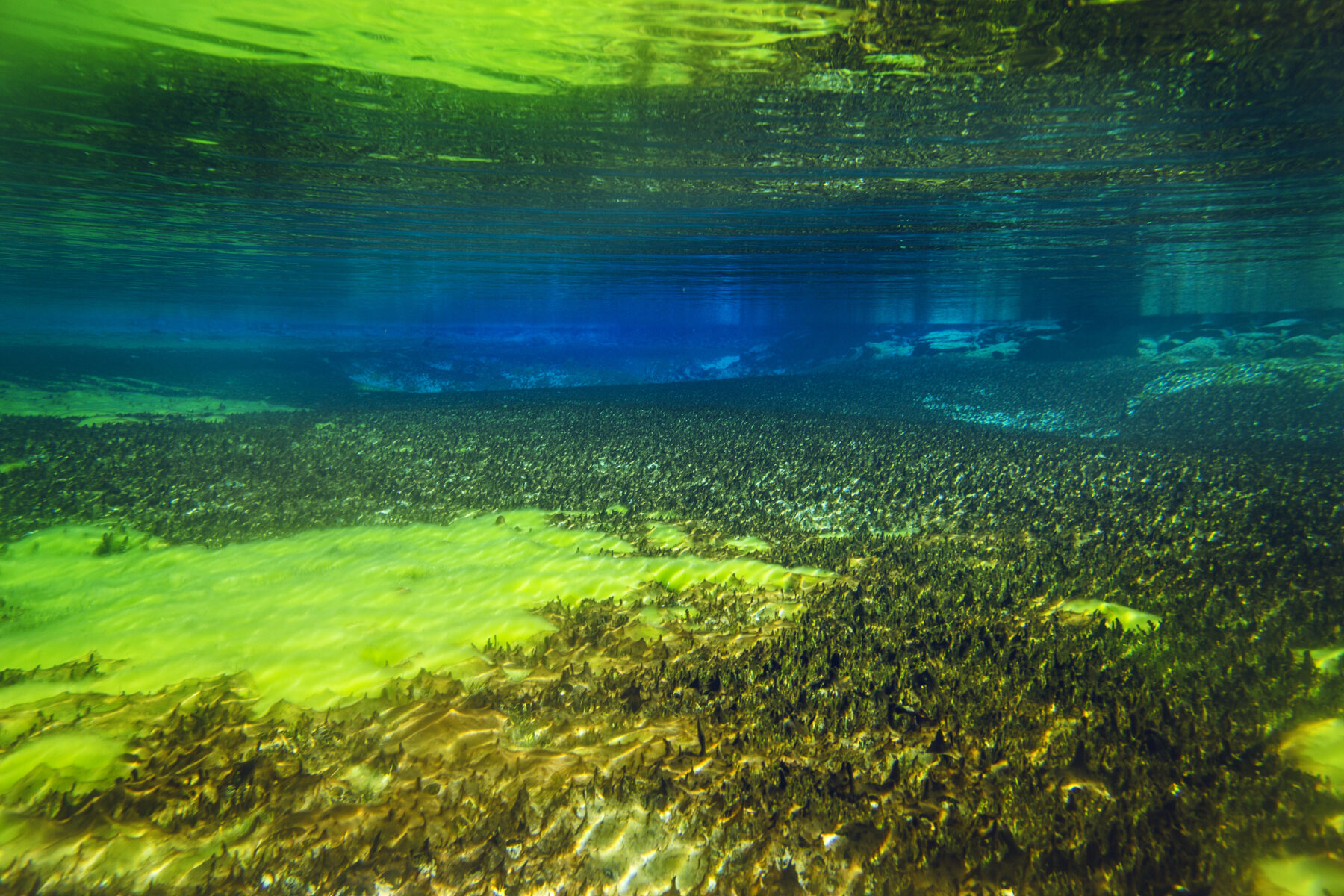
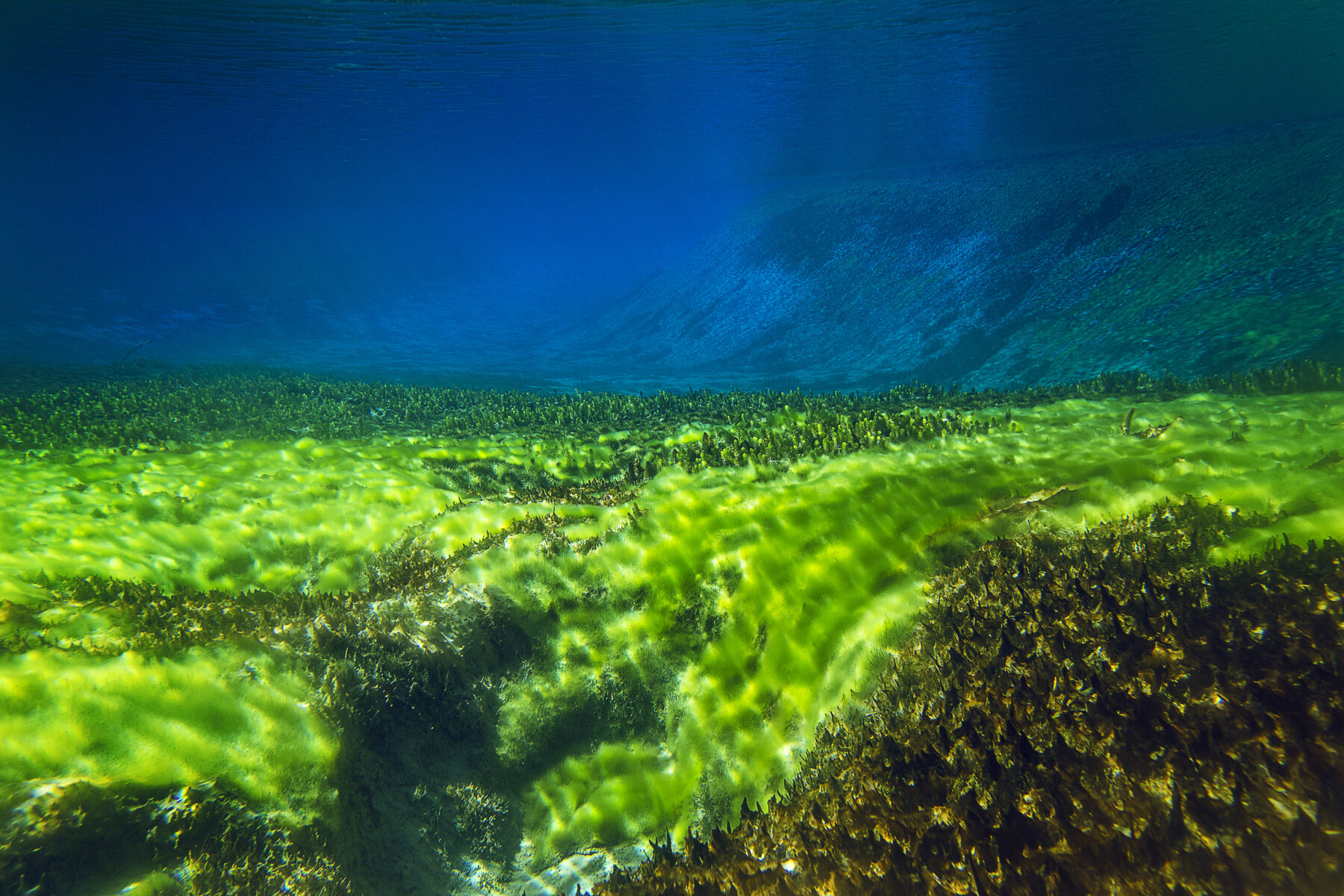
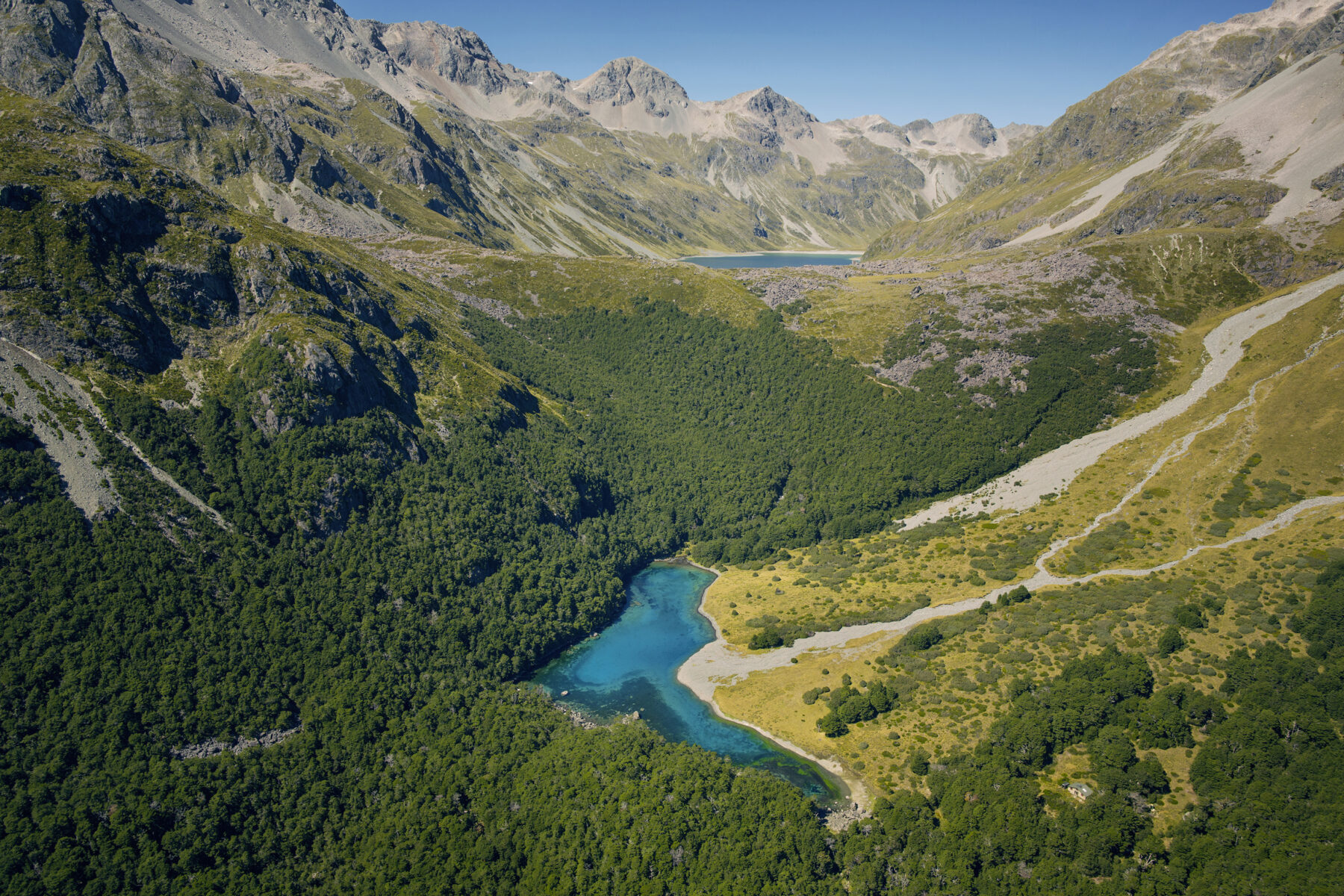
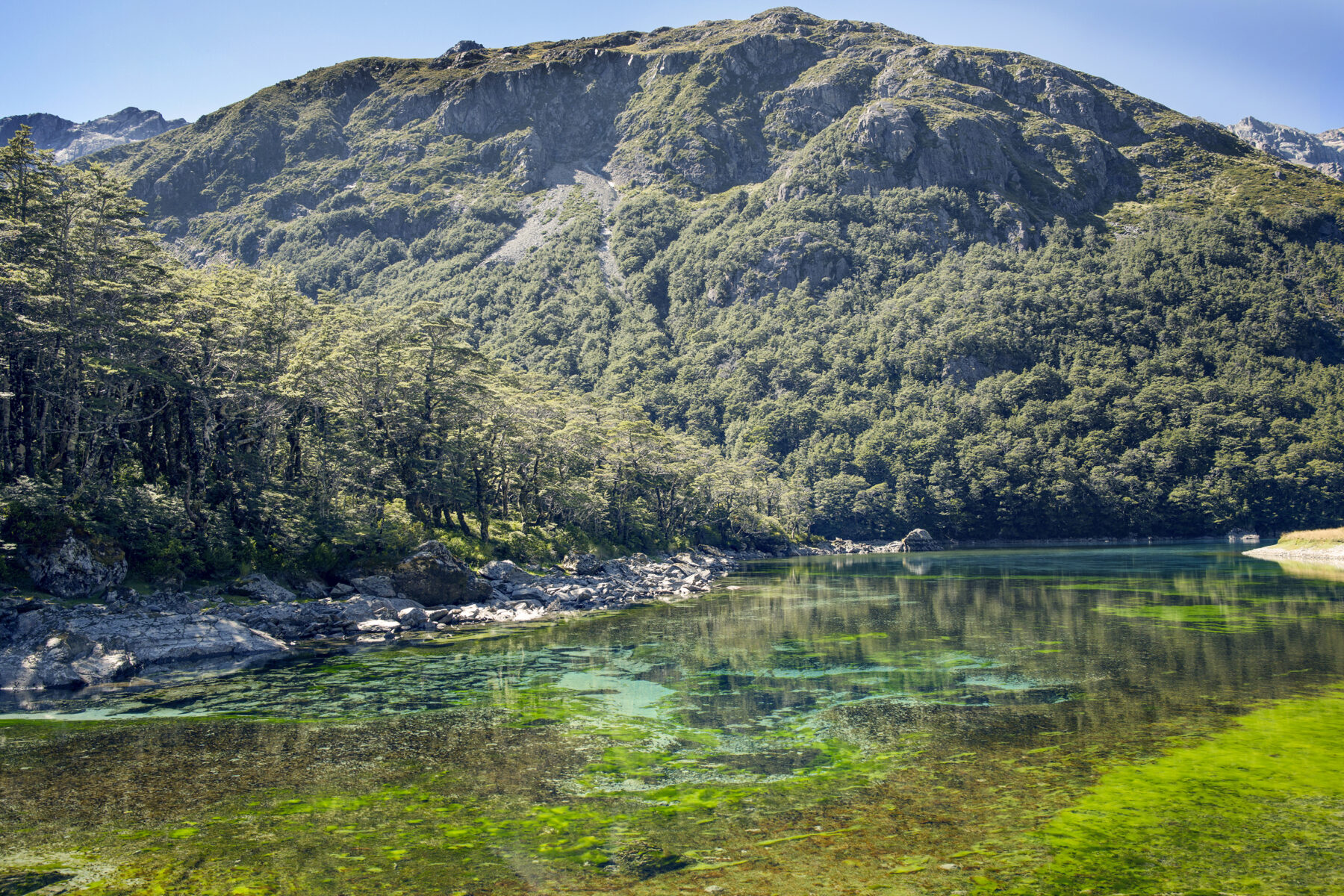
The world’s clearest lake named The Blue Lake, and locally called Ngati Apa, boasts visibility up to 76 meters
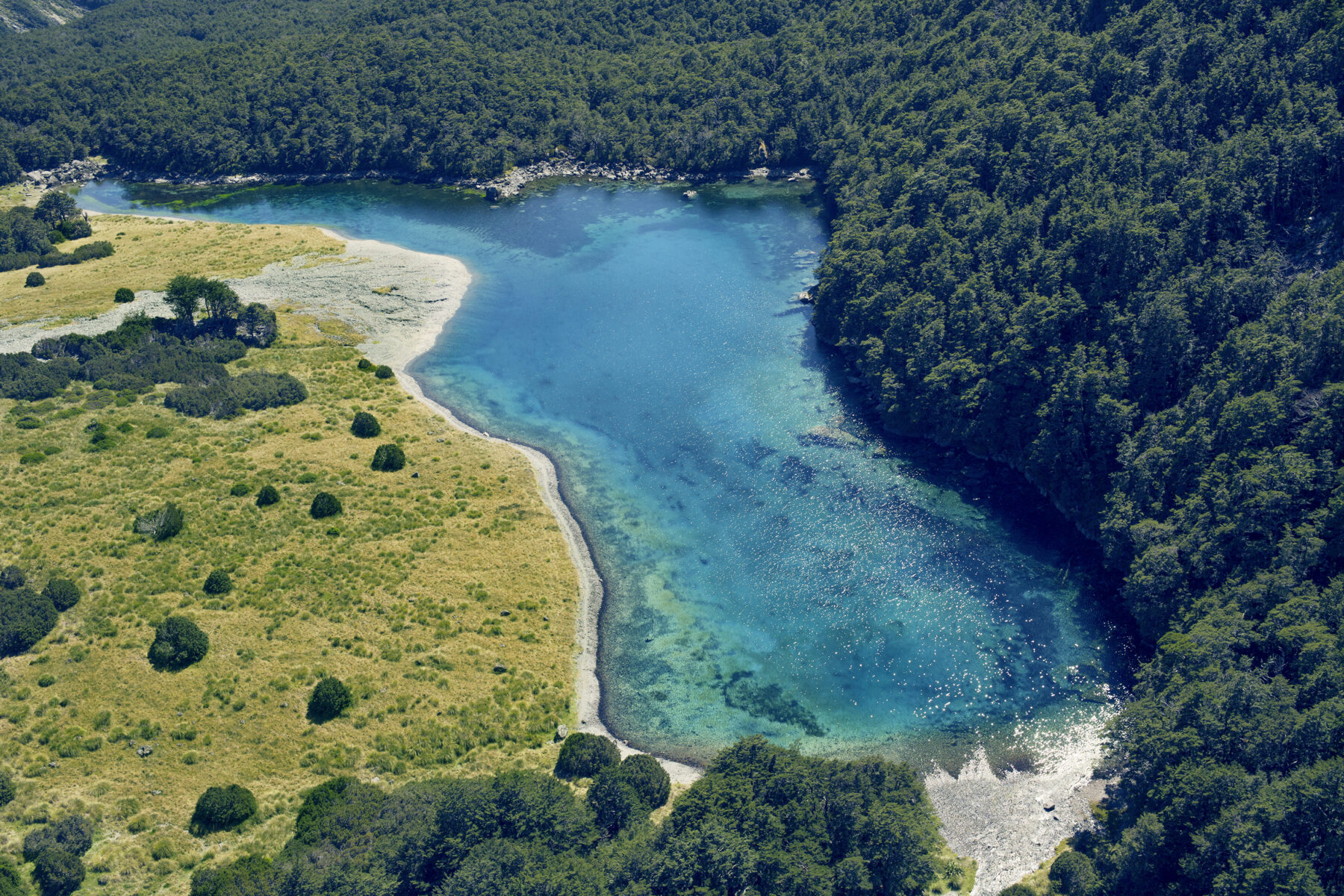
Klaus Thymann’s expedition to the Blue Lake in New Zealand marks a milestone in exploration and environmental research. The world’s clearest lake named The Blue Lake, and locally called Ngati Apa, boasts visibility up to 76 meters, surpassing even that of distilled water which ranges between 70-80 meters. This extraordinary clarity necessitated a re-evaluation of the visibility scale used to measure such natural phenomena.
The lake’s pristine condition is a result of its unique location and environmental factors. Situated at an elevation of 1200 meters, the Blue Lake receives its water from a feeder lake situated above the treeline, ensuring that no foliage or external detritus compromises the water’s purity. Furthermore, the water passes through glacier moraine, which naturally filters it before it enters the Blue Lake. The lake’s water is incredibly dynamic, too, with a complete replenishment cycle every 24 hours, contributing to its unmatched clarity.
Due to its location in a restricted conservation area, access to the Blue Lake is highly controlled, with hiking to it being a challenge, let alone transporting scuba gear. Recognizing the significance of the lake’s conditions, the Department of Conservation granted Klaus Thymann special permission for a one-time scuba diving expedition. This was an exception to the strict regulations prohibiting entry to the lake, and no further dives will be permitted. The dive’s purpose was twofold: to document this unprecedented environment and to provide images for scientific research post-publication.
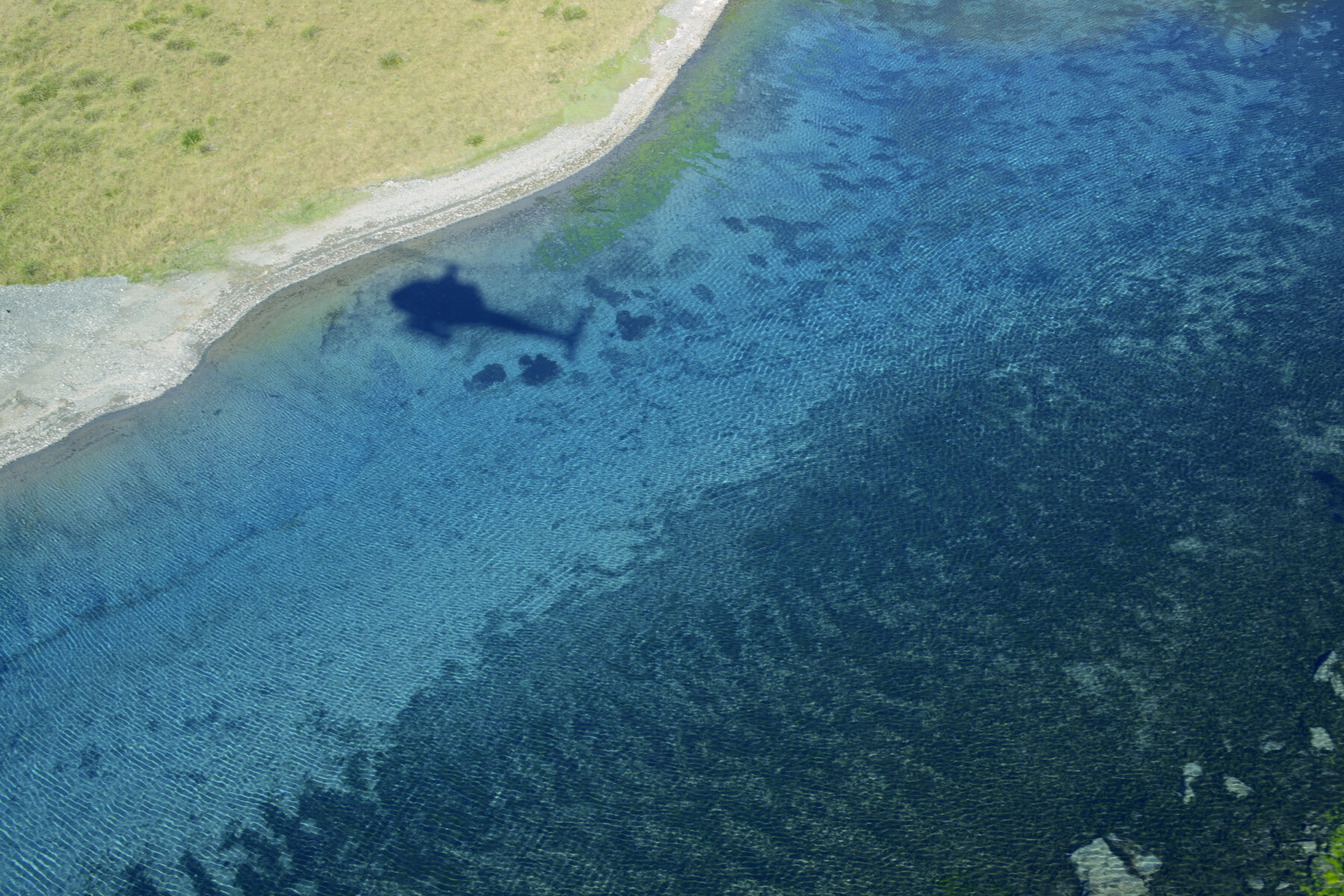
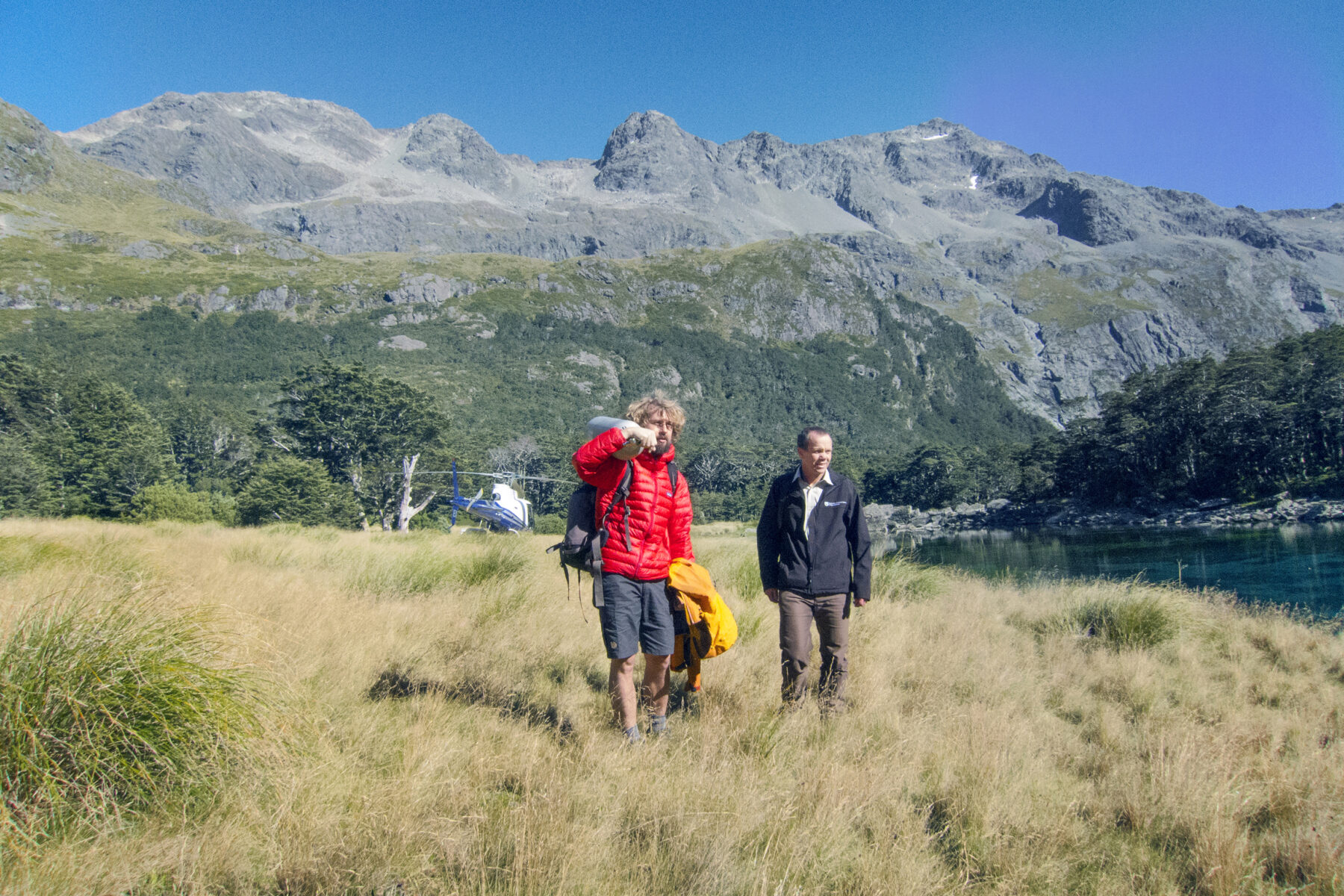
The dive also took into account cultural sensitivities and environmental protection measures. Given the sacred status of the lake to the local Maori tribe, consultations were held, and meticulous precautions were taken to ensure that all equipment was thoroughly cleaned to prevent any contamination. A special permit for helicopter landing was also secured to facilitate the dive, reflecting the lengths taken to minimize the expedition’s environmental footprint.
Thymann’s dive into the Blue Lake is not just a testament to human curiosity and the pursuit of knowledge, but also an example of respectful and responsible exploration. The images and data collected from this dive will undoubtedly contribute to our understanding of pristine aquatic ecosystems and the factors that contribute to their clarity and conservation.
